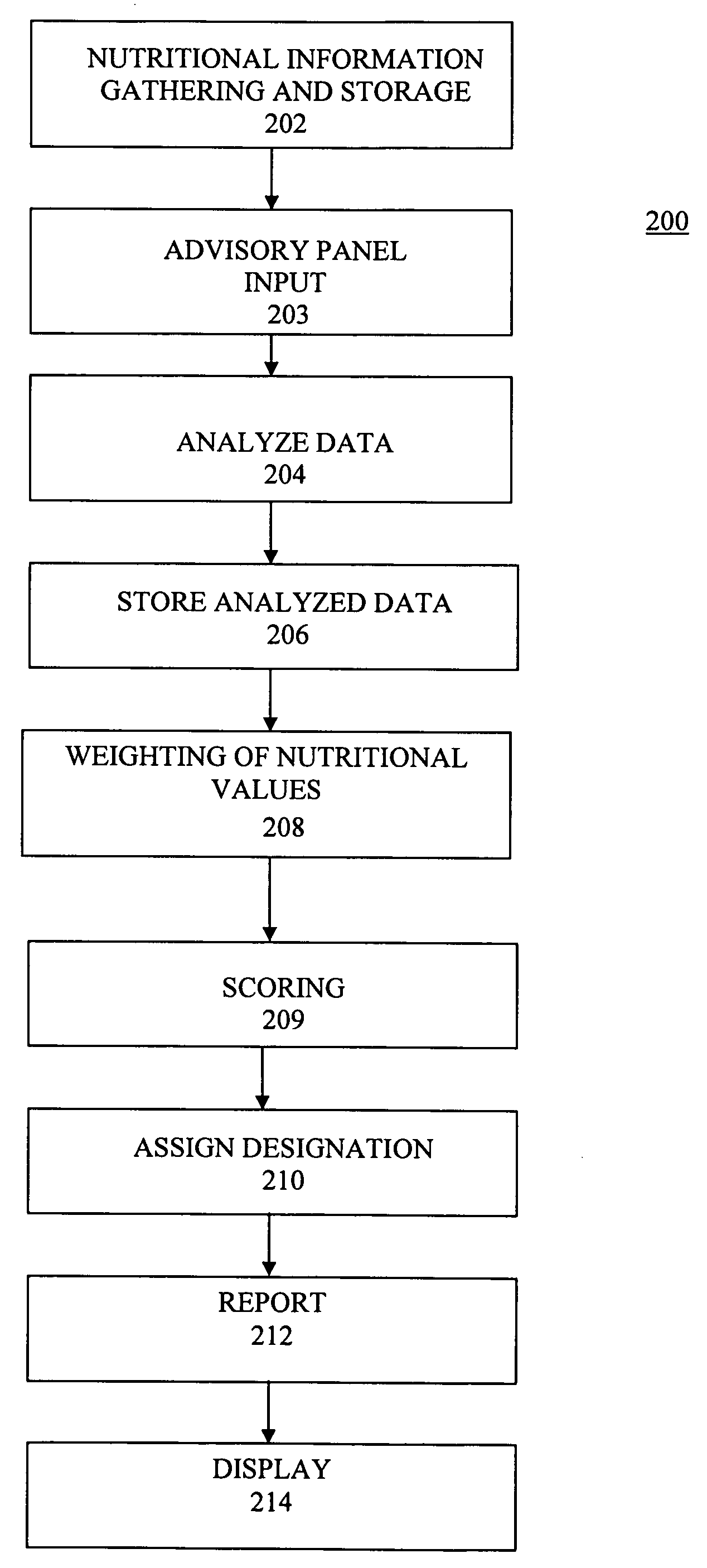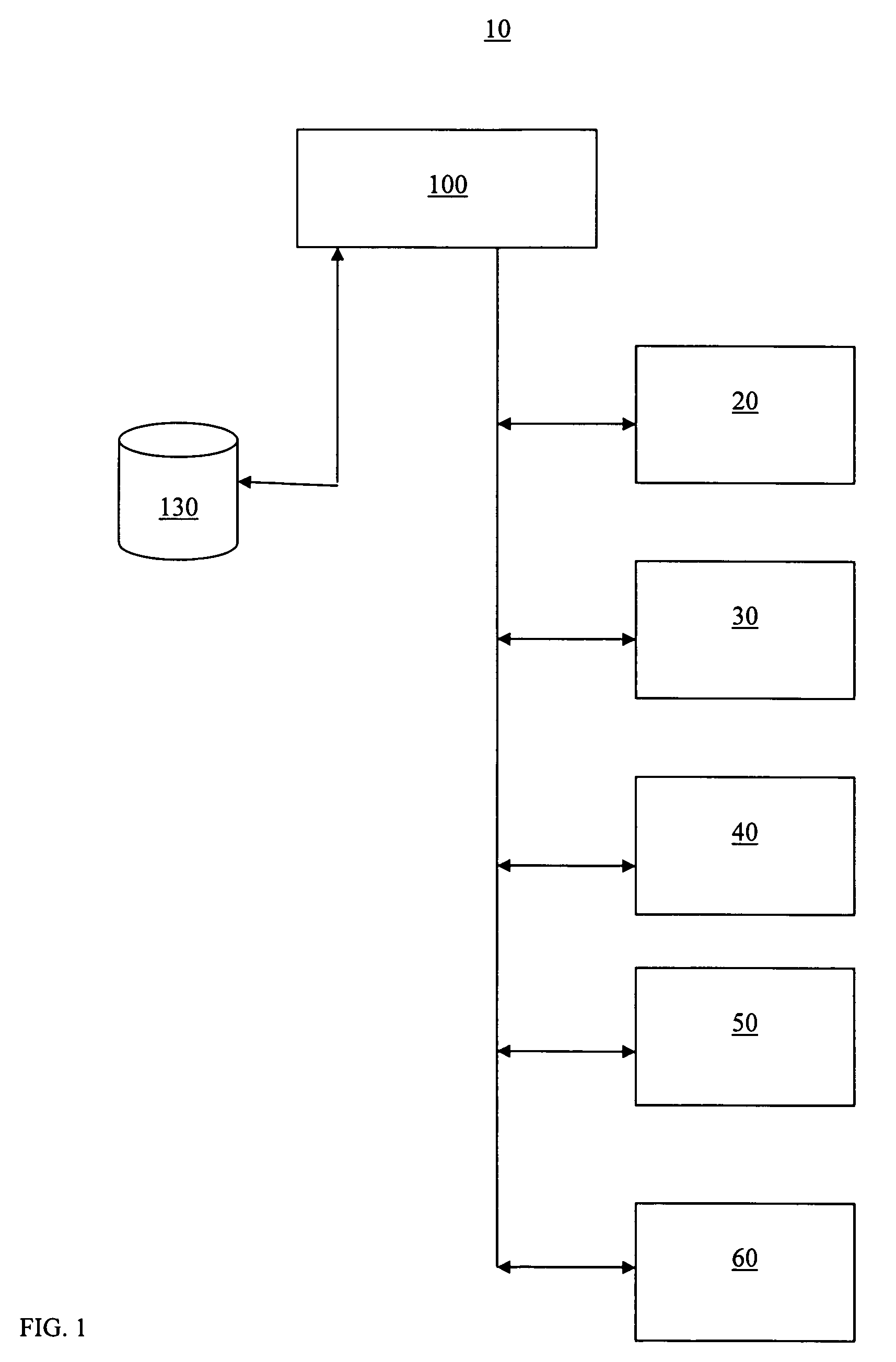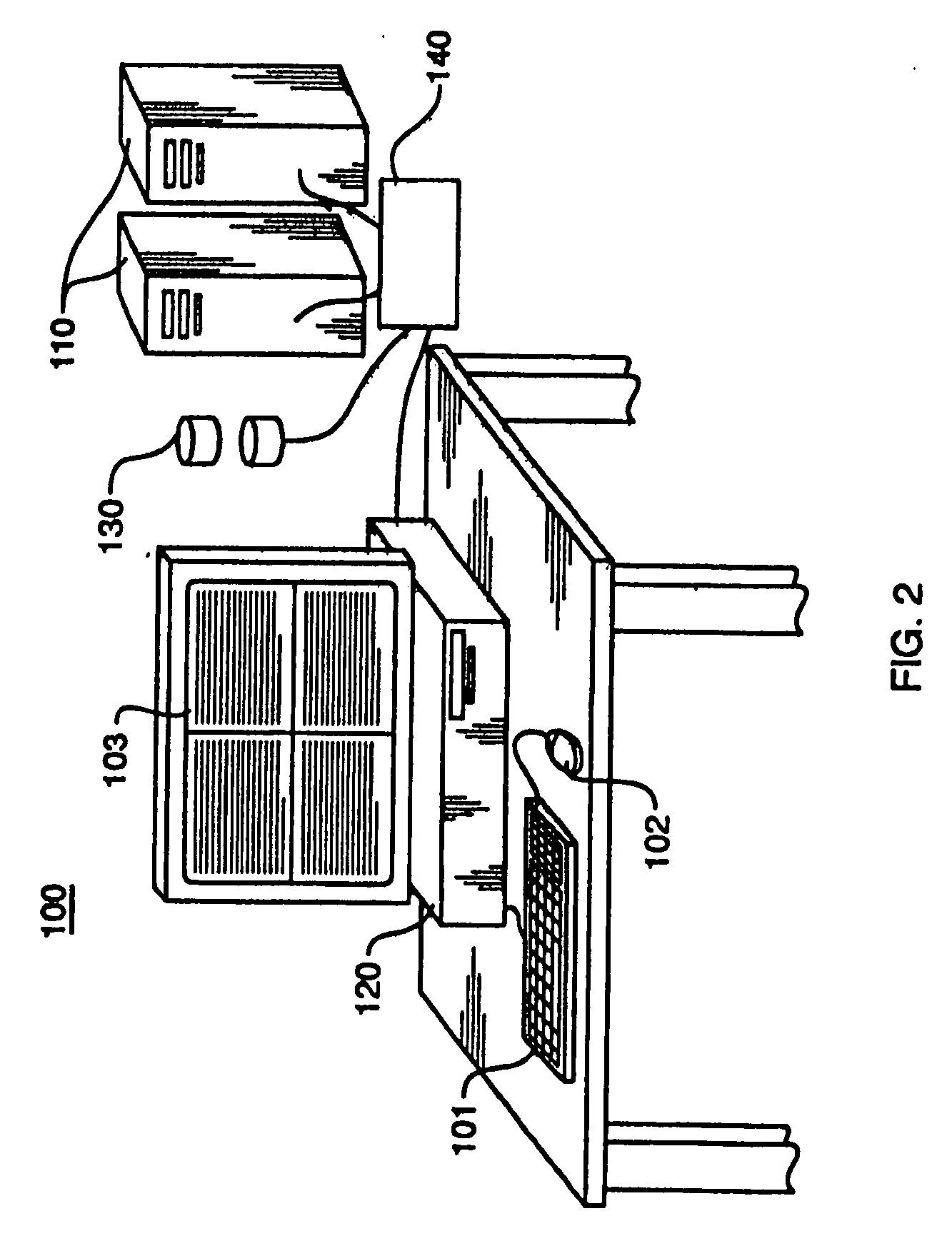Method and system for assessing, scoring, grouping and presenting nutritional value information of food products
a nutritional value and information technology, applied in the field of retail food sales, can solve the problems of difficult for consumers to keep up with the latest research, ineffective competition on price alone, and insufficient information presented to consumers at the point of sale, etc., to achieve uniformity, accurate, reliable, and simple
- Summary
- Abstract
- Description
- Claims
- Application Information
AI Technical Summary
Benefits of technology
Problems solved by technology
Method used
Image
Examples
Embodiment Construction
[0022]The present invention is a food nutrition scoring system 10 represented functionally and diagrammatically in FIGS. 1 and 2, and a related method 200, represented in FIG. 3, for offering food products by retailers in a manner that provides meaningful, consistent, and accurate information to consumers at the point of sale. An example of the resulting output from the system 10 is shown in FIG. 4.
[0023]The system 10 shown in FIG. 1 includes a data gathering function 20, a data filtering function 30, data storing functions 40, a scoring function 50, and a reporting function 60. A computer system 100 as shown in exemplar form in FIG. 2 is preferably used as the means by which the functions described are performed. One or more accessible databases 130 are used to store and query information.
[0024]The data gathering function 20 may involve creating new data or accessing existing data. Nutrition data may not exist for some food products, especially prepared foods. Creating new data may...
PUM
 Login to View More
Login to View More Abstract
Description
Claims
Application Information
 Login to View More
Login to View More - R&D
- Intellectual Property
- Life Sciences
- Materials
- Tech Scout
- Unparalleled Data Quality
- Higher Quality Content
- 60% Fewer Hallucinations
Browse by: Latest US Patents, China's latest patents, Technical Efficacy Thesaurus, Application Domain, Technology Topic, Popular Technical Reports.
© 2025 PatSnap. All rights reserved.Legal|Privacy policy|Modern Slavery Act Transparency Statement|Sitemap|About US| Contact US: help@patsnap.com



